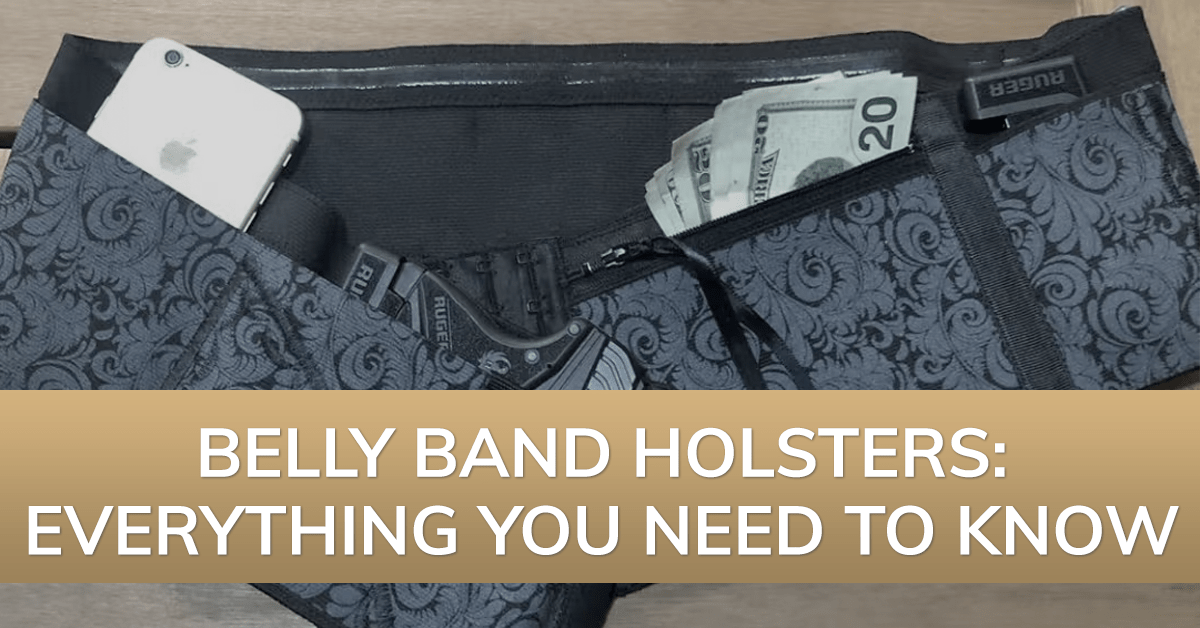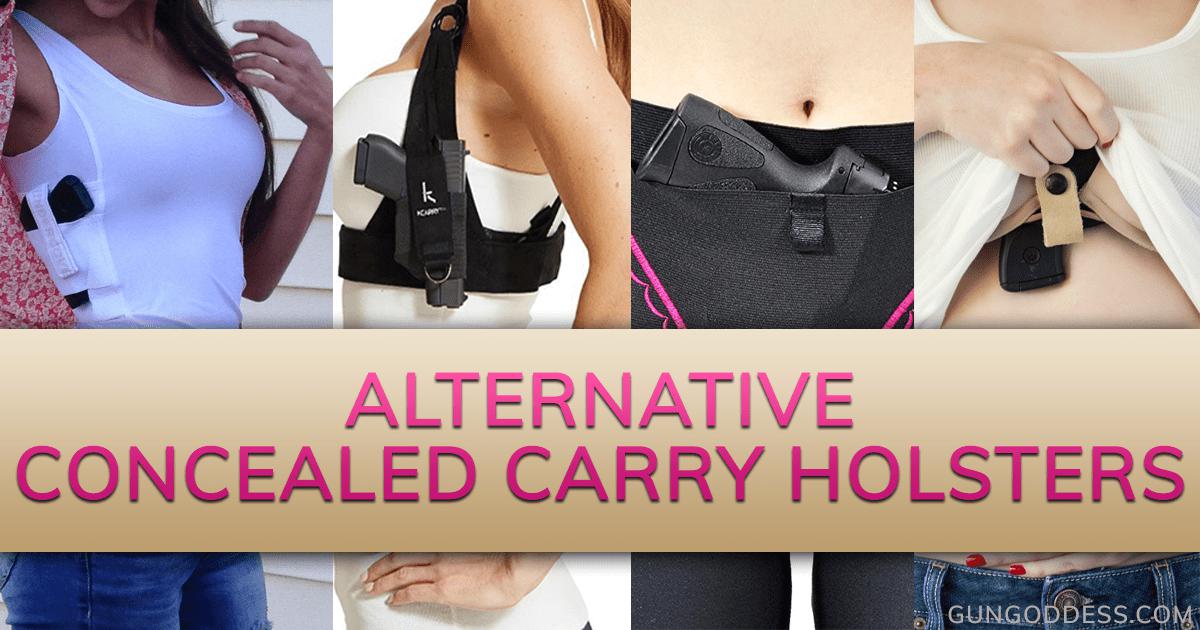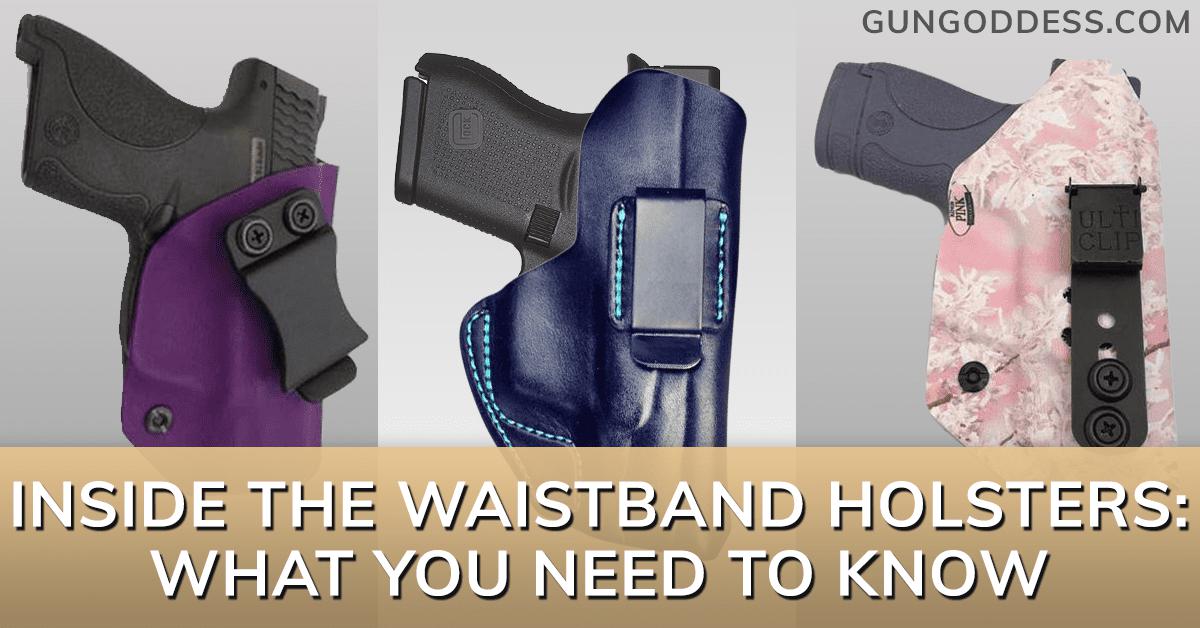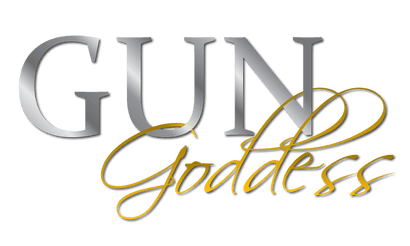Your Cart is Empty
Orders Over $100 Ship FREE (USA)!
Orders Over $100 Ship FREE (USA)!
CONCEALED CARRY
(Apparel with holster pockets or concealed-carry features)
(Apparel with holster pockets or concealed-carry features)
PARTS & GEAR
RANGE STYLE
Gift shopping & not sure about size or style? Give a gift card instead!
Gift shopping & not sure about size or style? Give a gift card instead!
GIFT IDEAS
The entire site is full of products that make great gifts, so browse all of our collections! Still not sure? Give a gift card!
The entire site is full of products that make great gifts, so browse all of our collections! Still not sure? Give a gift card!
EXPLORE
The Best Way to Carry Concealed: Inside-the-Waistband (IWB)
3 min read
Inside-the-waistband (also known as IWB) is one of the most popular ways to carry a firearm. Inside-the-waistband means that the holster is placed inside of your waistband, between your body and your clothing. Once you find a position that suits your body type, IWB carry can be very comfortable.
While it’s relatively easy to get started with IWB carry, there are some things you need to know and prepare for to make sure you are carrying safely.
Choosing the Right Holster
The first thing you will need to do is make sure you have a holster that’s specifically designed for IWB carry:
A traditional hard-sided inside-the-waistband holster will have some type of attachment that will allow you to place the holster inside your clothing while clipping to your belt. The attachments may be visible on the outside of your belt, but the holster will be fully concealed.
If you are going to carry inside the waistband with a hard-sided IWB holster, make sure your gun fits your holster perfectly and has the right amount of retention before trying to place the gun inside your waistband. To check for the right fit, with an unloaded gun, place your gun in your holster and test the retention. Your gun should fit inside the holster snuggly, but not be too difficult to pull out and there may be a positive click If your gun is too loose or too tight, make those adjustments now.
Be aware that if you choose a hard-sided holster, you are going to need to wear loose-fitting pants, as you will need to make sure you have enough room to accommodate the holster and gun.
While hard-sided IWB holsters are the most common, there are additional options for carrying inside the waistband:
A belly band (like the Hip Hugger) is worn underneath your clothing and offers several different firearm placement options. It’s slim design also takes up less room inside your clothing than a traditional holster, so you may not need to go up a size in clothing to carry with a belly band.
A specially designed holster made from a non-slip material, like the Sticky Holster, can be placed inside your clothing and the pressure from your clothing will secure both the holster and the gun against your body.
Choosing The Right Belt
When you are carrying inside-the-waistband, it's extremely important to have a holster belt that is strong enough to handle the weight of the holster and the firearm and any extra magazines you plan on carrying. Belts made for concealed carry are reinforced to handle that weight and the most popular belts are made from leather or reinforced nylon.
Choosing an IWB Carry Position
Once you’ve got your holster and belt setup figured out, it’s time to decide where you want to carry your gun on your body. No two bodies are alike, so you will need to find the position that works best for you
When talking about IWB carry, it’s common to refer to the different locations around your waist as if they were the hours on a clock. For example, your right hip would be considered the 3 o’clock position and the center of your back would be considered the 6 o’clock position.
The most popular positions for inside-the-waistband carry are appendix, or AIWB (the 1 or 3 o’clock position (depending on your strong hand) and strong-side hip carry (the 3 or 9 o’clock position). These positions are popular because they are the most comfortable and they allow relatively easy access to your firearm.
Drawing from Inside-the-Waistband
After you’ve chosen a position, it's time to start practicing your draw. With an unloaded gun, make sure you are able to draw safely and quickly, without any hangups on your clothing or the holster. If you find that you are having trouble drawing your gun, you may need to adjust the location of your holster - adjust the location until you find a position that works well for you.
Once you have it all figured out, practice in dryfire sessions until you are comfortable and can draw smoothly, then head to the range for some live fire practice and training. If you’re still feeling uncomfortable, take a class that specifically covers drawing from IWB.
If you have any questions about carrying concealed (regardless of the position), please get in touch with us so we can help!
Also in All About Holsters: Holster Styles

Belly Band Holsters: Everything You Need To Know
4 min read
Here's everything you need to know about belly band holsters so you can make a more informed decision when buying one.
Read More
Alternative Concealed Carry Holsters: Which One is Right for You?
6 min read
These days there are several "alternative" ways to carry your firearm, including holster types that don't fit into the traditional IWB and OWB categories.
Read More
Inside the Waistband Holsters: What You Need to Know
4 min read
When searching for a good concealed carry holster, one term that comes up frequently is IWB. You've probably seen the acronym before, but what does it mean?
Read More